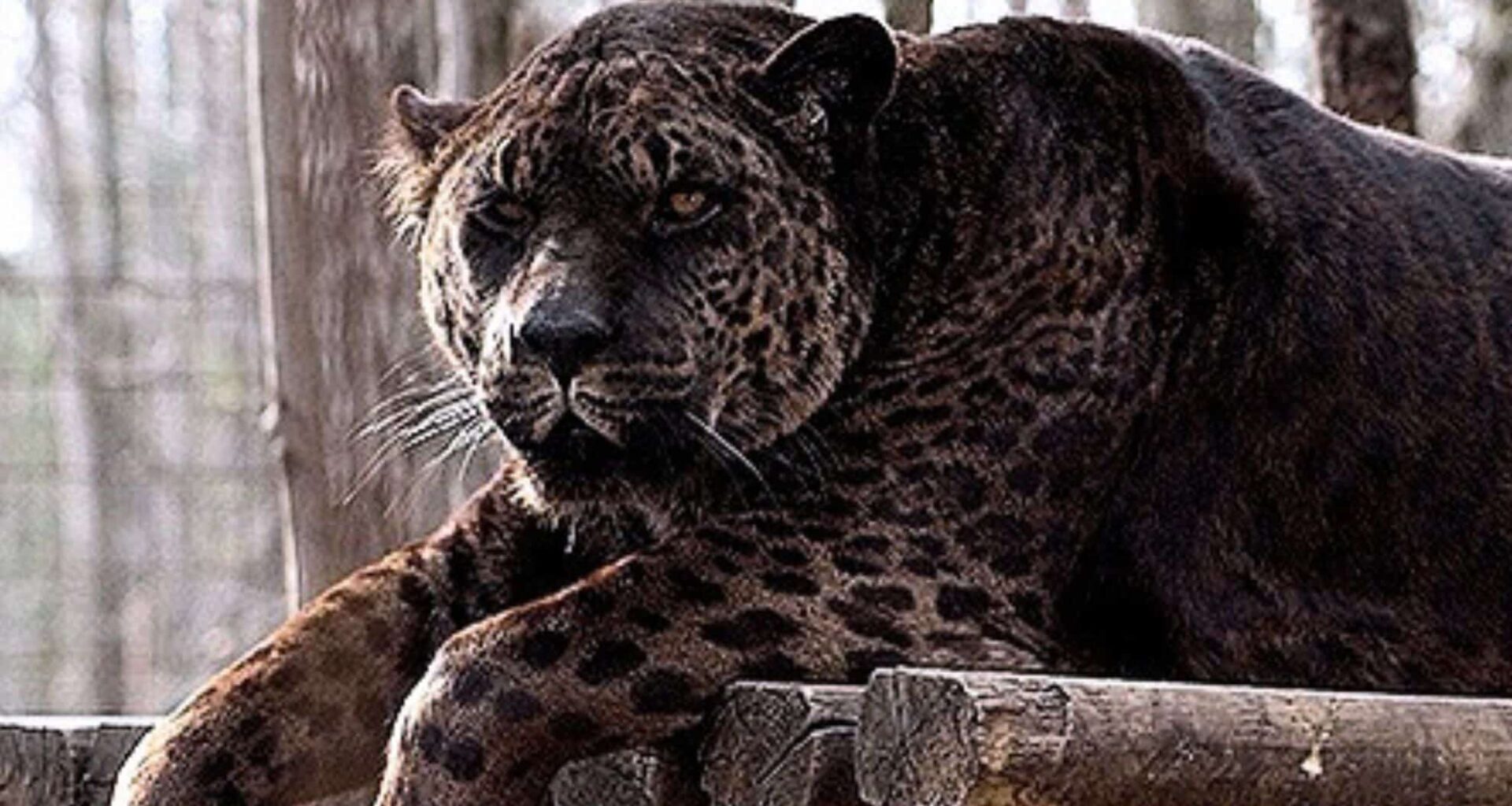A truly unusual creature has captured the curiosity of many: The Jaglion. Born from the unexpected union of a male jaguar and a female lion, this hybrid has sparked intense debate, raising questions about the limits of animal hybridization. It is one of the rarest hybrids ever documented, and while its creation was completely unplanned, it’s now at the center of a fascinating story that challenges everything we thought we knew about genetic boundaries.
The Rare Origin of the Jaglion
The jaglion, a cross between two iconic predators from opposite sides of the world—the jaguar of South America and the lion of Africa—was first observed in 2006 at the Bear Creek Wildlife Sanctuary in Ontario, Canada. The unlikely pair that produced this hybrid, Lola the lioness and Diablo the jaguar, had no intention of mating. Their offspring, a male named Tsunami and a female named Jazhara, arrived after an unexpected crossbreeding. These animals were not part of a breeding program, making their birth even more remarkable.
The young jaglions presented a mixture of both species’ traits. Tsunami had a golden coat adorned with dark rosettes, a typical jaguar pattern, while Jazhara’s darker coat showcased more diffuse markings. Their physical characteristics reflected their hybrid nature—Tsunami was compact and powerful, like a jaguar, with a more elongated face reminiscent of his lion mother.
A Fertile Hybrid? The Controversy Continues
Unlike many hybrid animals, such as the mule, which are often sterile, jaglions have shown signs of fertility. In fact, there are unverified claims that Jazhara gave birth to a hybrid offspring, a cross between a jaglion and a black leopard. However, due to the lack of official confirmation, the existence of this “jagleopon” remains uncertain. If true, it would represent an incredibly rare form of hybridization, crossing not just two species, but three.

While this would be a scientific marvel, such hybrid creations have sparked concern. Many biologists argue that these kinds of inter-species breedings are unnatural and should not be encouraged. In addition to raising ethical questions, hybrid animals like the jaglion often suffer from congenital malformations, hormonal imbalances, or behavioral issues. Moreover, they cannot be returned to the wild, as they are not adapted to natural environments, making them entirely reliant on human care.
The Fascination With Jaglions
Despite their potential health and ethical issues, jaglions have intrigued both scientists and the public. Their unique appearance has made them a subject of fascination on social media, where images and videos of Tsunami and Jazhara have been widely shared. However, this growing interest has its dark side. The high demand for exotic hybrids has led some unscrupulous breeders to intentionally create such animals for profit, sparking debates about the commercial exploitation of hybrid creatures.
Scientifically, the jaglion poses important questions about the genetic boundaries between Panthera species—lions, tigers, leopards, and jaguars. Recent genetic studies have shown that these large cats share a similar chromosomal structure, making it possible for them to produce viable offspring. While this discovery offers intriguing insights into the genetic closeness of these animals, it also highlights the risks involved in creating hybrids.
